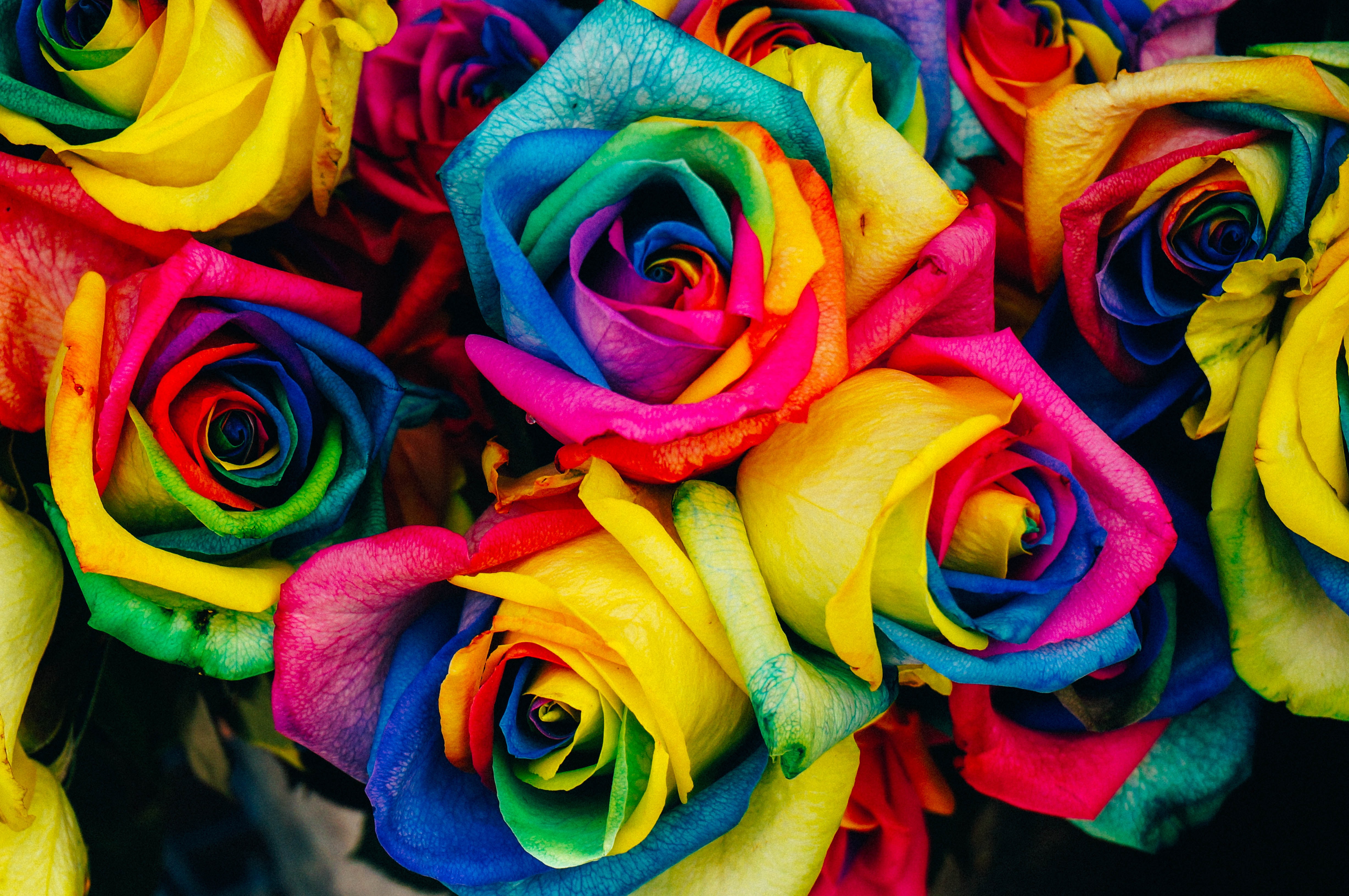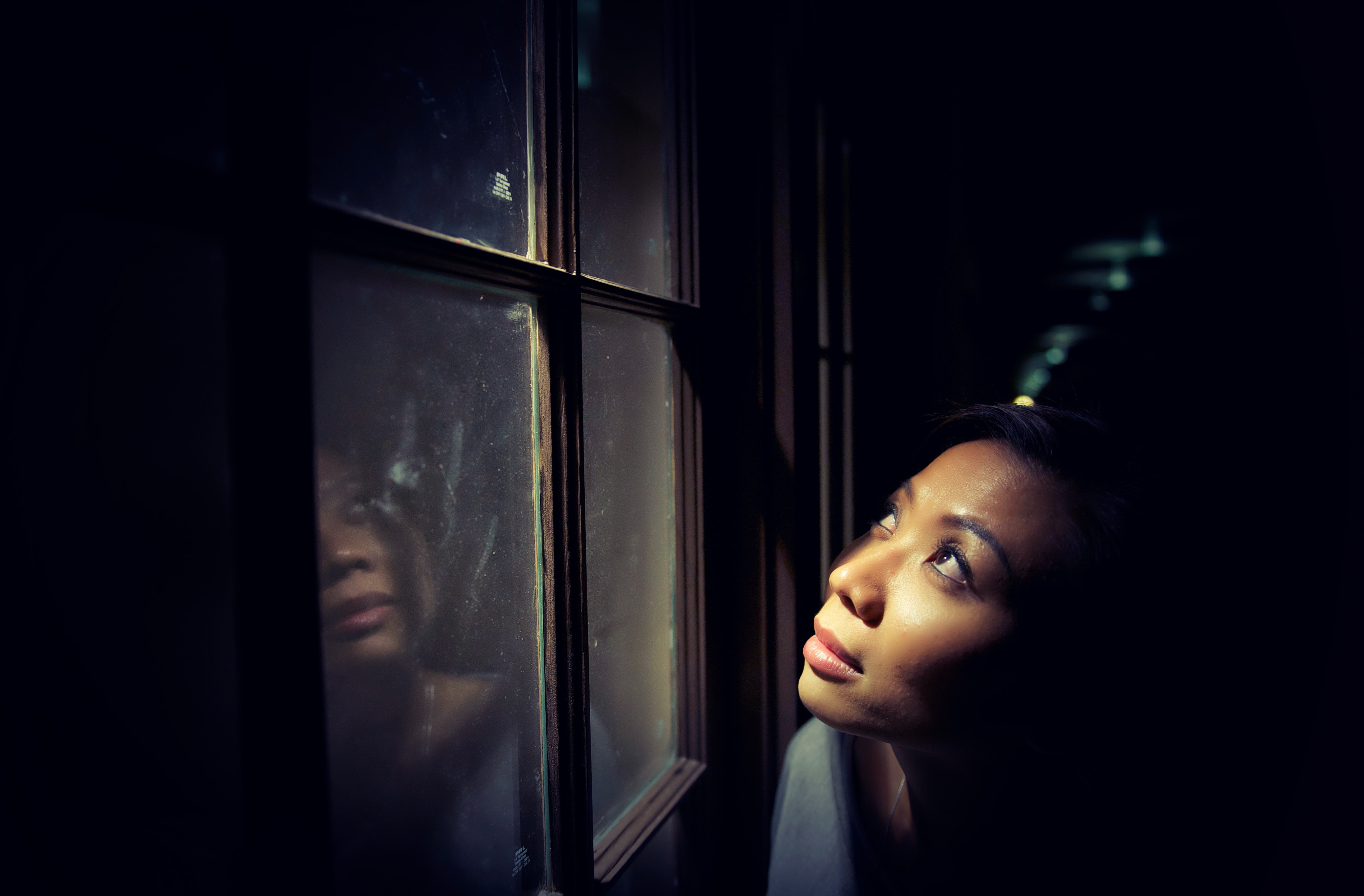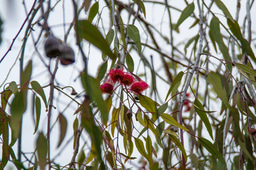Diversity within: respecting the conflicting aspects of self


I’ve written previously on the pleasure and pain of human diversity in conservation teams. This post provides insight and practical tips on engaging with the diversity and conflict we experience within ourselves as individual people. I am convinced we must understand and respect our internal diversity before we can change our experience of diversity in others or the way our diversity is regarded by others. If we are judgmental and critical of the diverse aspects of our own being, that will sooner or later show in our engagement with, or response to, other people.
Let’s begin our exploration by identifying the diversity, unease or conflicts internal to ourself. For example, we want to make rational decisions but driving through the logic are forces promoting the freeze, flight, fight, food and sex survival systems within us. Our head, heart and gut operate quite differently and often leave us critical of our own thinking, doing and saying. We hate the tension and conflict - that we do what we don’t want to do – and we hate the outcome or its consequences. We hate that it will happen again and hate that we seem powerless to change. When we hate the consequences of diversity in ourselves, it’s no wonder we hate (albeit politely) the consequence of diversity in other people. Can we change this hate experience? Emphatically, yes!
An effective way to change this hate experience is to understand that those different responses and systems are all working to promote and protect our individual humanity. In the first instance this is our value and worth as an individual human being.
|
We must understand and respect our internal diversity |
Our human being
A human being says ‘I am…’. In one way or another the different systems at work within us enable us to say (or think or do) something that demonstrates that we matter as an individual, that we are important, significant, worthwhile, valuable, loved or belong. Our individual humanity (being) is constantly working (often non-consciously and creatively) to protect and promote us, to find pleasure or avoid pain.
An obvious part of our human individuality is our physical body. There are few (if any) people who have not at some time compared themselves to another person and said I wish my nose, legs, skin colour, height or weight was more like someone else. Many people actively dislike one or more aspects of our shape or form. When we are actively or passively critical, ashamed or fearful of aspects of our own physical body, that same criticism and judgement can be expected to leak out towards others also. Changing our attitudes and beliefs about our physical body is a personal journey. Some change journeys look daunting and the lack of clarity of pathway overwhelming. If so, perhaps giving your permission to explore or embark on a grand adventure can be a first step. In a covid age where much travel is constrained, there is plenty of scope for a grand internal adventure.
|
Our individual humanity is constantly working to |
Core needs of our human being
Our integrated neurosystem of gut, heart and brain work to meet our core needs[i] to be autonomous yet belong to a group, to have certainty and yet variety. Note these highlighted needs have inherent conflict with the opposite need. Conflict in itself need not be wrong and can be helpful. If we can understand and accept that this conflict can be healthy and that the parts of us that we are uncomfortable with can work to the same higher purpose (meeting our core needs of being a human person) then we can live with and even admire rather than fight those systems. We can better identify the circumstances in which they help and when they hinder. We can acknowledge, validate the positive intention, listen, affirm and then choose what system will serve us best in any particular circumstance.
The cry of every person, especially the diverse person, is to have a voice, to be able to speak, to be listened to, to be heard and engaged with and taken seriously. Try giving the diverse voice within you permission to speak. Enquire of its positive intention and what need it is trying to meet. Then take time enough to listen, acknowledge and affirm the positive intention. Finally have the courtesy to explain how your other needs also have a say in the decision at hand and those competing needs share the same intention to promote and protect us the unique human being we are.
|
The cry of every person is to have a voice, to be taken seriously. |
Our individual human values
Beyond our core human needs, another source of internal conflict frequently arises from our values. I may value peaceful relationships but another value around truth and integrity may lead to someone being offended and upset with me. I may value comfortable living but this may conflict with my value for environmental sustainability. My value for being treated respectfully may come at a cost to an important relationship or source of income and ability to provide for my family. As above, taking a moment to identify which values are at play and being prioritised may open up a different experience and start us asking questions that seek to better understand ourselves. One helpful question may be: How can I ensure each value is appropriately expressed in my life as a whole, not just this immediate situation?
|
Internal conflict frequently arises from our values. |
Appreciating our internal diversity leads to valuing diversity in others
Knowing that we can be internally diverse, that inherent conflict in our human needs and personal values need not be wrong and beginning to accept and respect this in ourselves is critical to appreciating diversity in others. Further, the more comfortable we are with our internal diversity the better informed and prepared we will be to respond when our uniqueness and diversity is threatened by others.
My next post will look at how we can engage with diversity in others whom we struggle to appreciate and the post after that will cover what we can do when we feel that our diversity is not respected or valued.
For reflection and personal awareness
When feeling uneasy within yourself, try asking:
- Which aspects of my unique physical body am I uncomfortable with? If my body was perfect, what would happen then and what need or value would be satisfied?
- Which of my core needs (e.g. certainty, variety, autonomy, belong, growth, contribution) is threatened or not being heard?

- Which of my values are relevant to this situation? Where might these values be in conflict?
- If not in this immediate situation, what might I try to demonstrate that those needs and values are accepted and respected as working for my wellbeing?
Footnotes
[i] Frameworks of core human needs have different structures and content e.g. Maslow’s hierarchy of human needs, Tony Robbins’ six core needs and David Rock’s SCARF framework. There will always be debate and new frameworks or theories. Use them to the extent that they are helpful.
Photo credits
roses Denise Chan @denmychan on unsplash
reflecting Frank Mckenna on unsplash





Please sign in or register for FREE
If you are a registered user on WildHub, please sign in